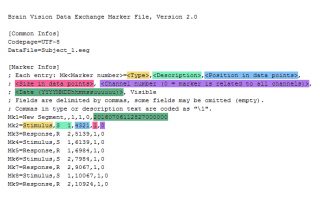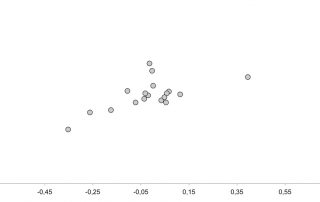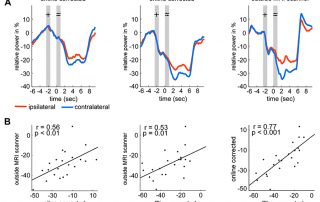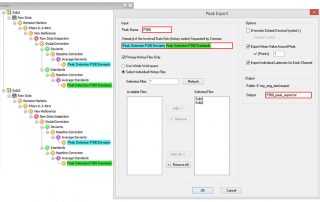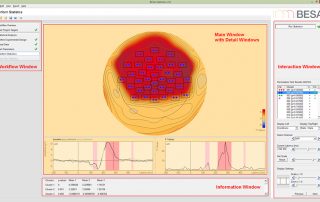Annapurna Base Camp: Studying the Brain at High Altitude
Human achievement at high altitude requires the performance of skilled behaviors with cognitive clarity. To better understand how the brain changes at high altitude during a motor task we used the actiCAP Xpress Bundle to characterize motor circuit changes up to 4,130 meters in the Himalayan mountains of Nepal.


